Entry Category: Architecture
aka: Hotel Freiderica
Hotel Pines
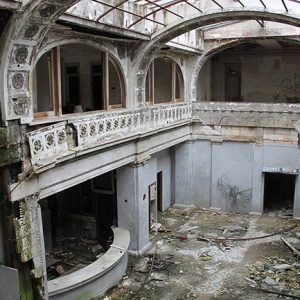 Hotel Pines Lobby
Hotel Pines Lobby
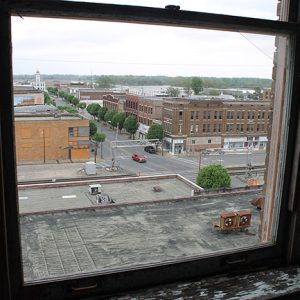 Hotel Pines View
Hotel Pines View
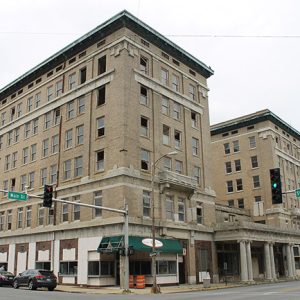 Hotel Pines
Hotel Pines
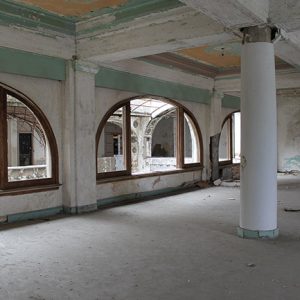 Hotel Pines Ballroom
Hotel Pines Ballroom
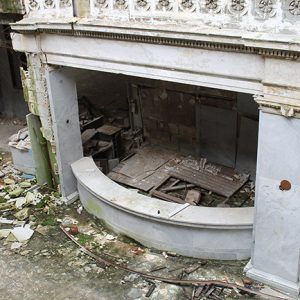 Hotel Pines Front Desk
Hotel Pines Front Desk
 First Hotze House
First Hotze House
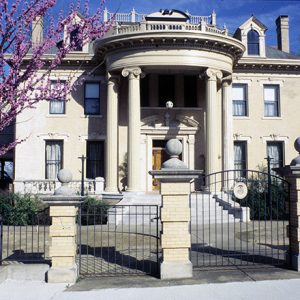 Hotze House
Hotze House
 Hotze House
Hotze House
Hotze House
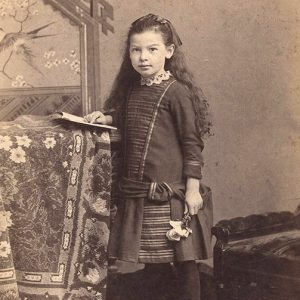 Clara Hotze
Clara Hotze
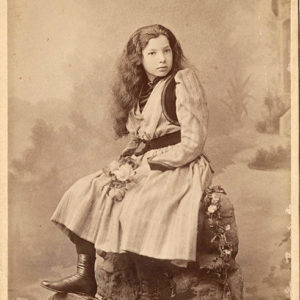 Clara Hotze
Clara Hotze
House at 712 North Mill Street
 House at 712 North Mill Street
House at 712 North Mill Street
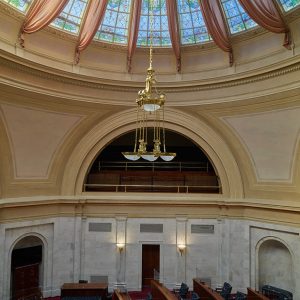 House Chamber
House Chamber
Howard County Courthouse
 Howe Hotel
Howe Hotel
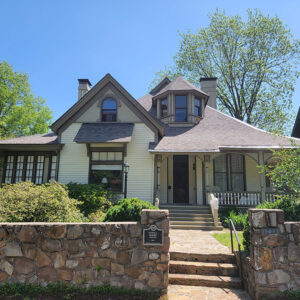 Howell-Morris House
Howell-Morris House
Hubert and Ionia Furr House
Hudson-Grace-Borreson House
aka: Hudson-Grace-Pearson House
Hudson-Jones House
 Hudson-Jones House
Hudson-Jones House
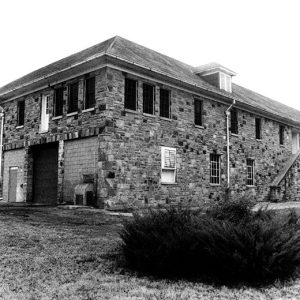 Hughes Hall
Hughes Hall
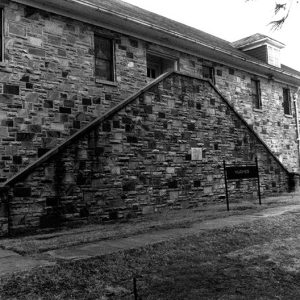 Hughes Hall
Hughes Hall
Hughes Hall (Arkansas Tech University)
aka: Rock Armory
 Hughes Hall Window Detail
Hughes Hall Window Detail
 Charles "Bullet" Dean Hyten House
Charles "Bullet" Dean Hyten House
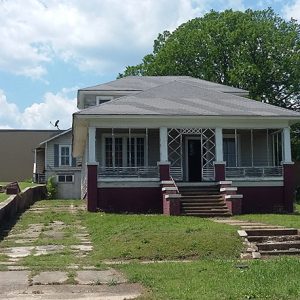 Charles "Bullet" Dean Hyten House
Charles "Bullet" Dean Hyten House
Independent Order of Odd Fellows Building (Benton)
International Harvester Servicenter
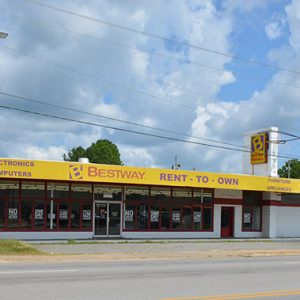 International Harvester Servicenter
International Harvester Servicenter
 International Harvester Servicenter
International Harvester Servicenter
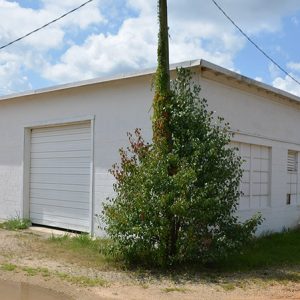 International Harvester Servicenter
International Harvester Servicenter
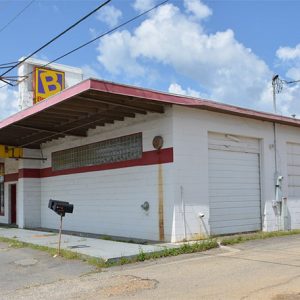 International Harvester Servicenter
International Harvester Servicenter
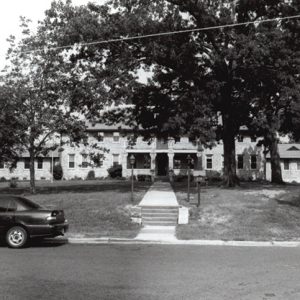 Interstate Orphanage
Interstate Orphanage
Interstate Orphanage
aka: Ouachita Children’s Center
aka: Interstate Orphans’ Home
aka: Hot Springs Children's Home
aka: Hot Springs Orphans' Home
Izard County Courthouse
J. V. Bell House
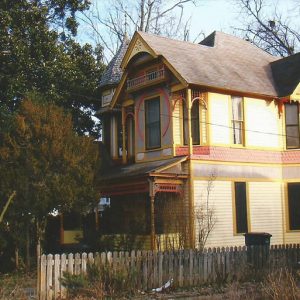 J. V. Bell House
J. V. Bell House
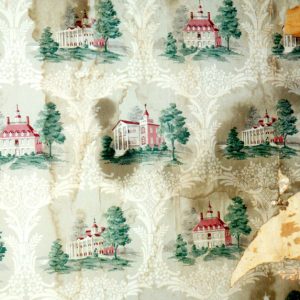 J. V. Bell House Wallpaper
J. V. Bell House Wallpaper
Jack Tar Hotel and Bathhouse
aka: Garland Tower
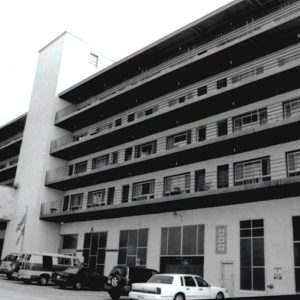 Jack Tar Hotel and Bathhouse
Jack Tar Hotel and Bathhouse
Jackson County Courthouse
 Jacksonville Museum of Military History
Jacksonville Museum of Military History
Jacob Trieber Federal Building, United States Post Office and United States Courthouse
aka: Helena U.S. Post Office and Courthouse
Jacob Wolf House
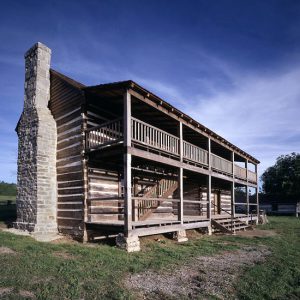 Jacob Wolf House
Jacob Wolf House




